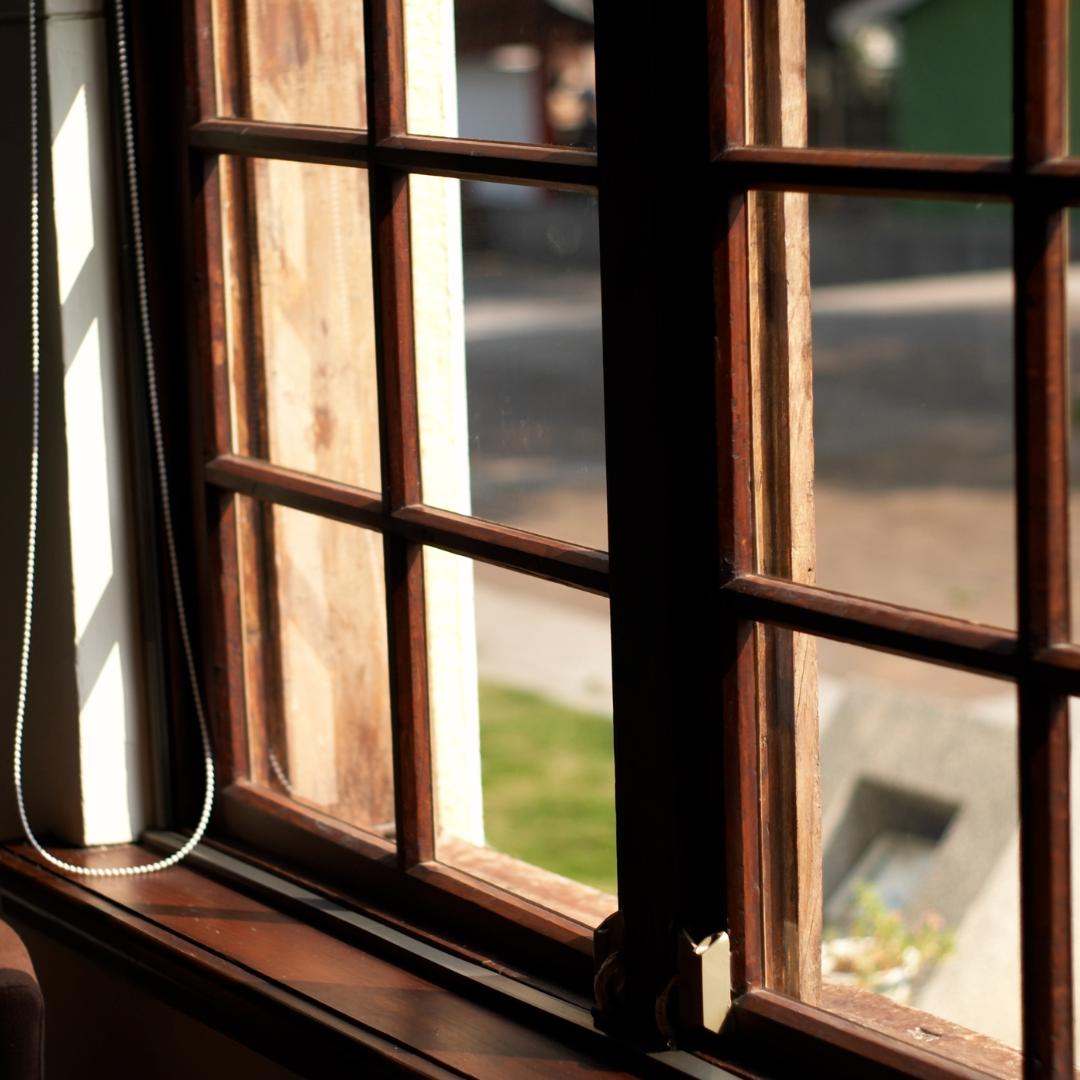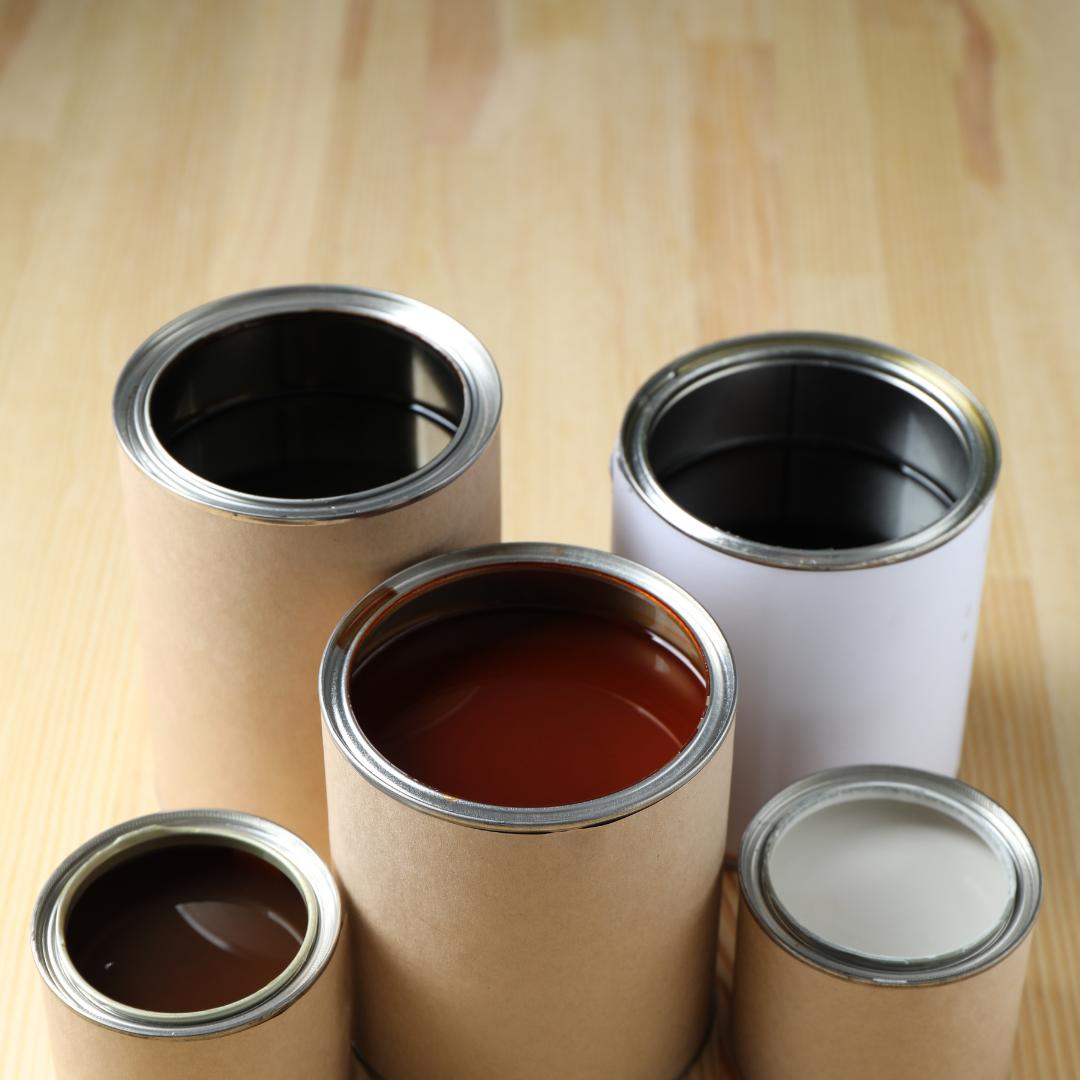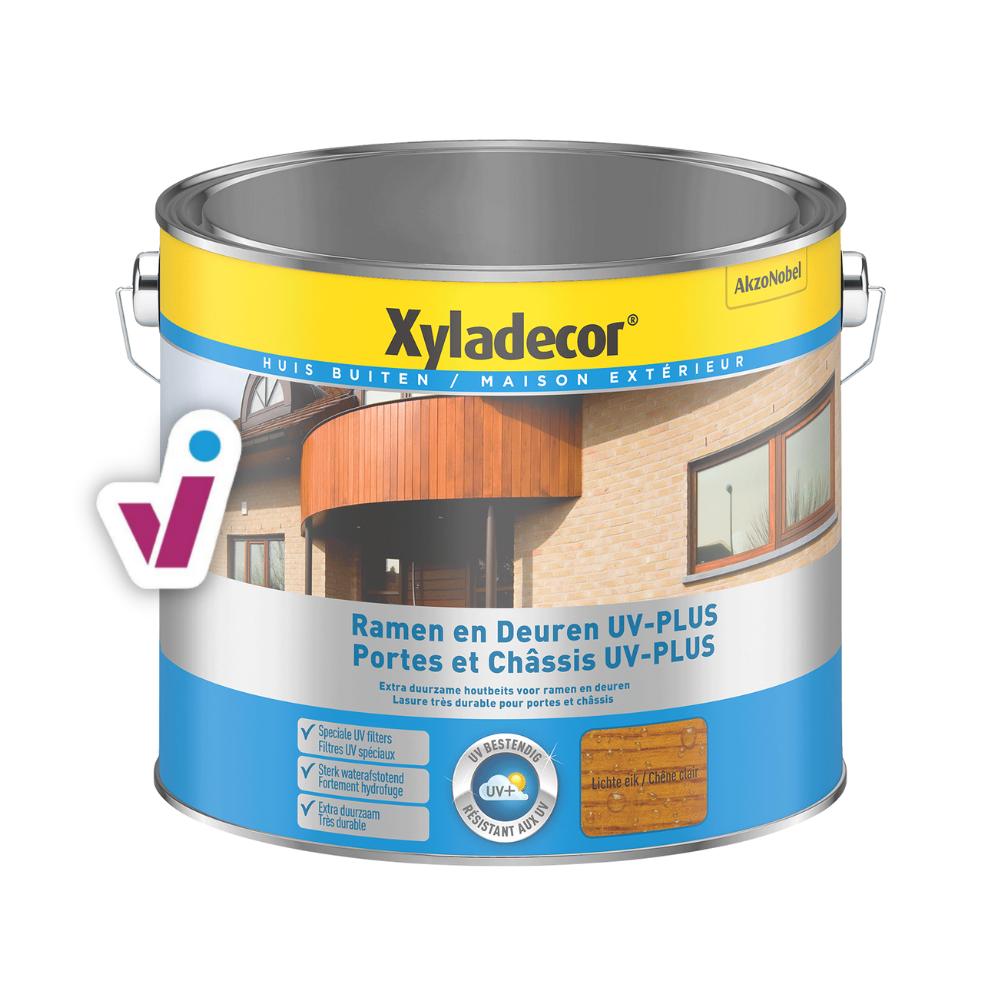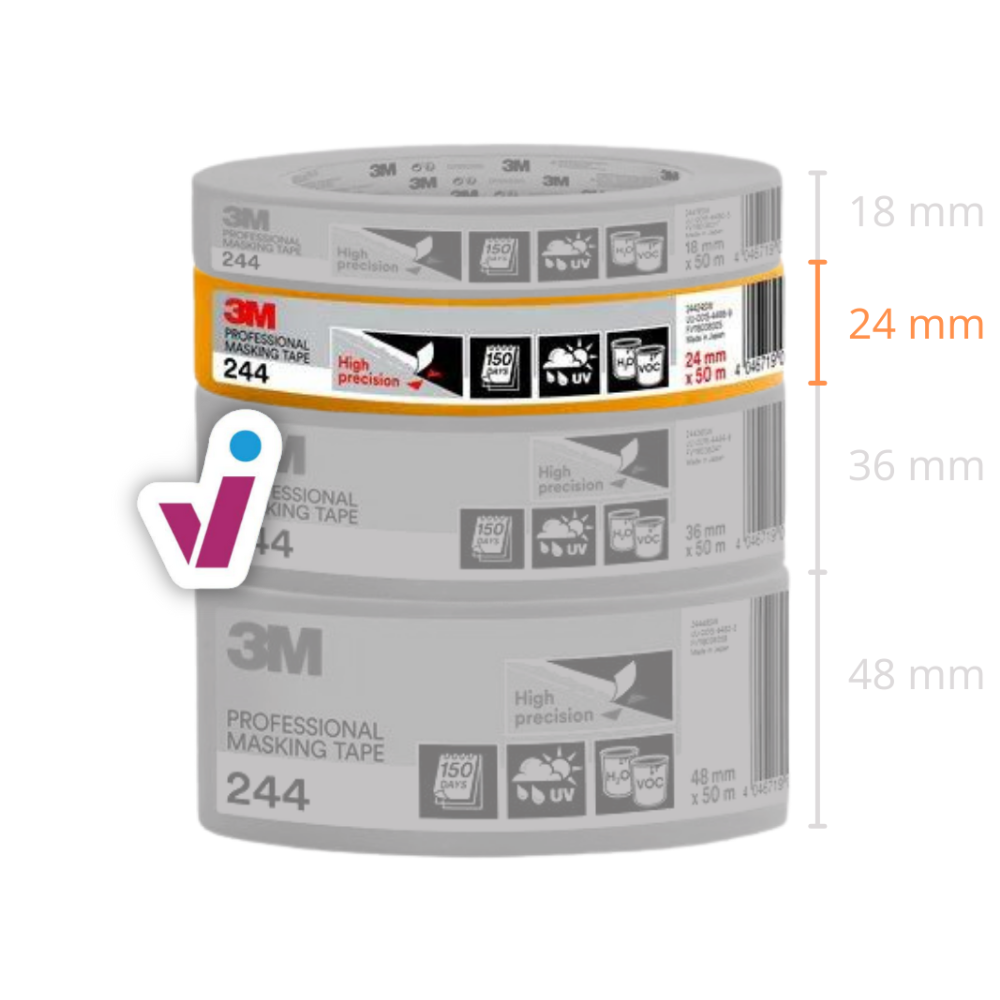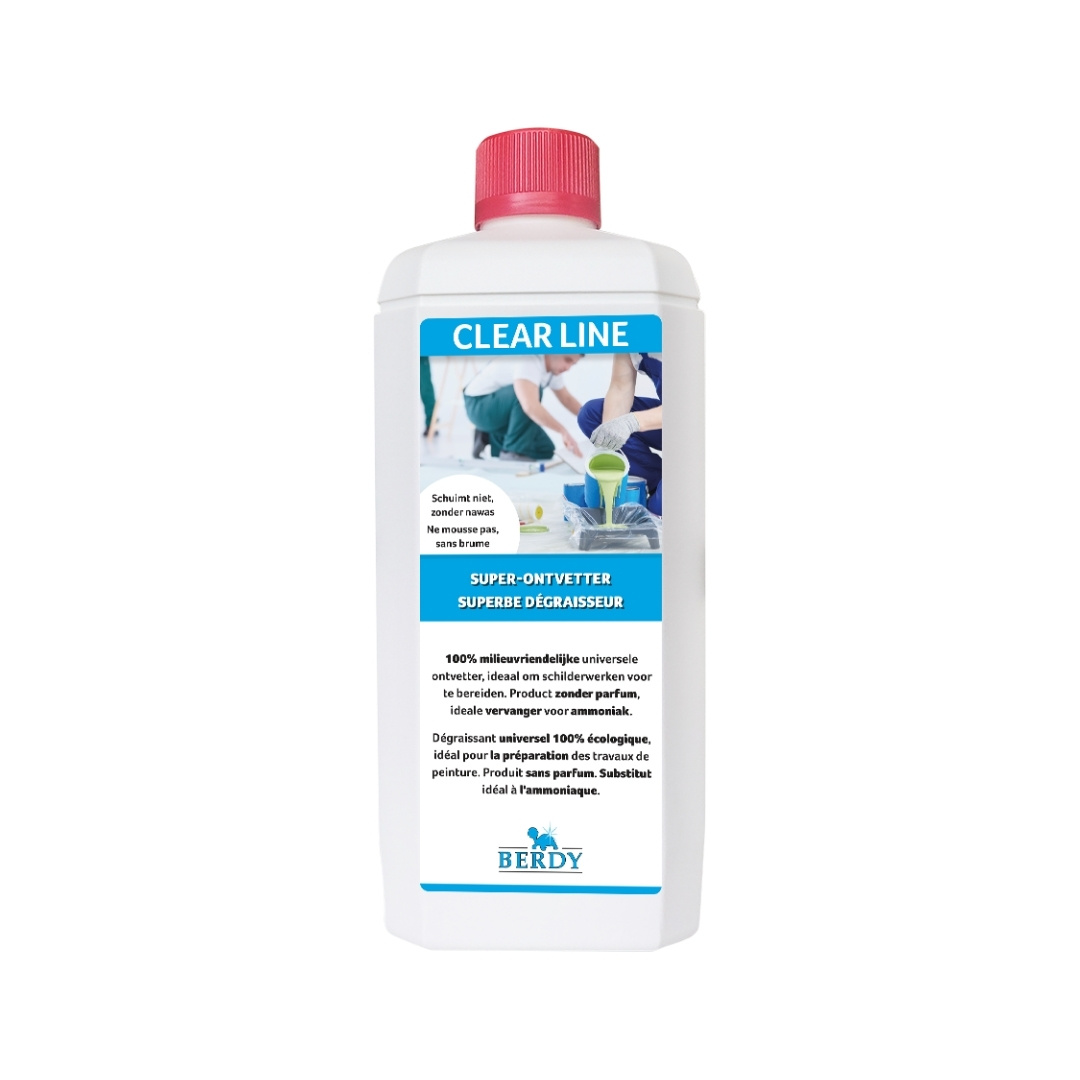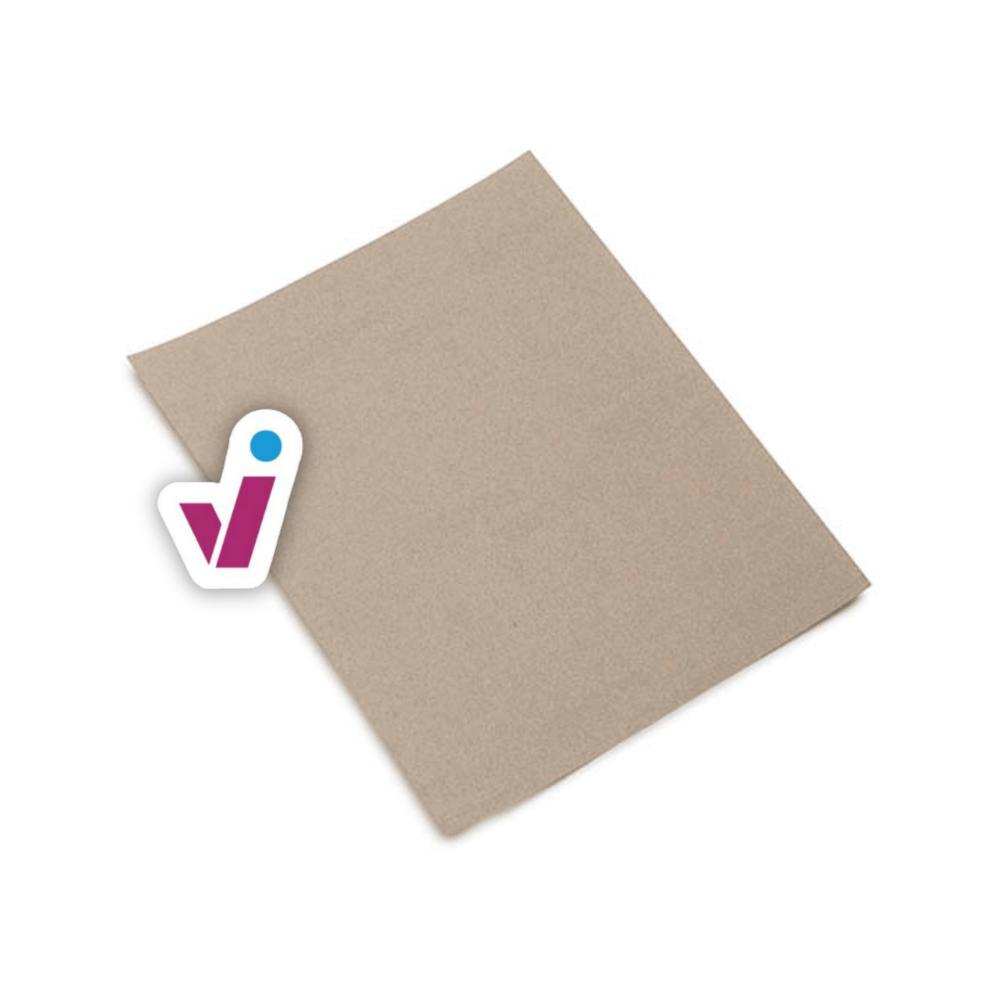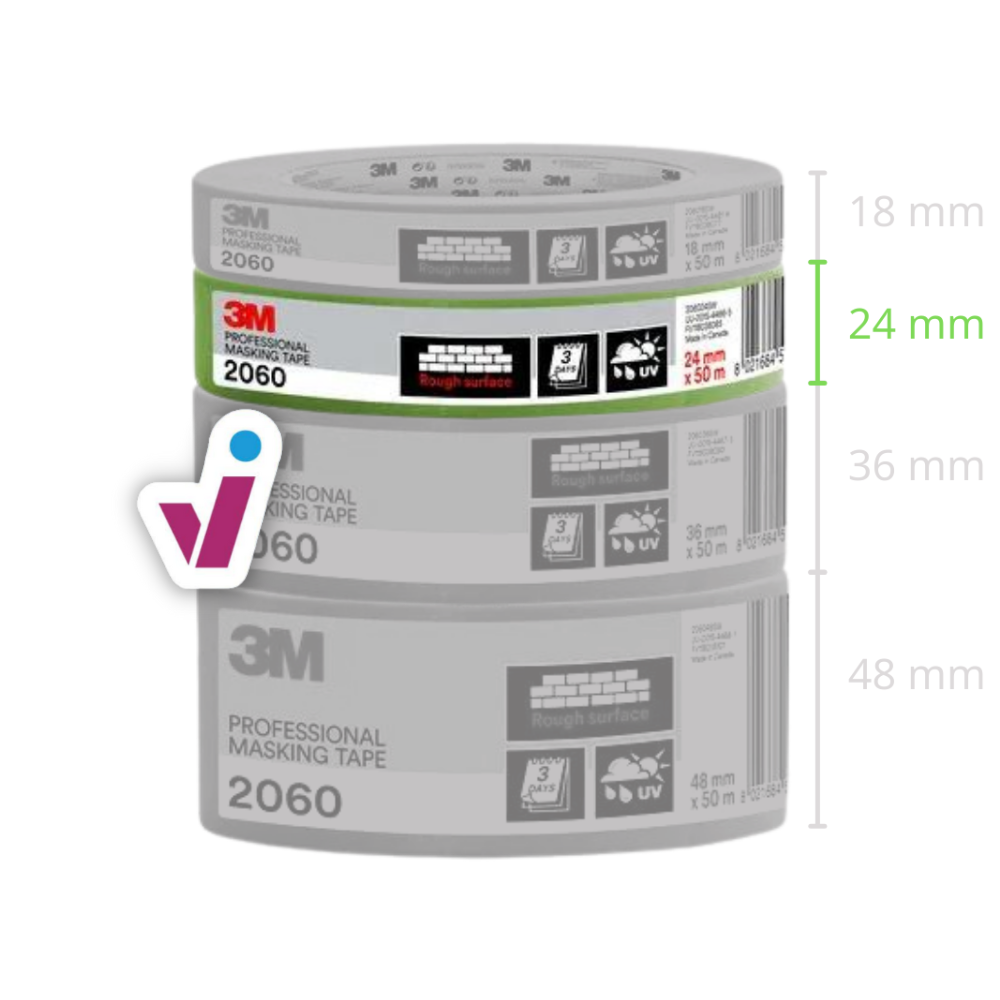Staining wooden windows with opaque or transparent stain
Step 1: preparation
- Cover the window and its surroundings.
- Sand the wood and dust off.
- Clean the window's woodwork.
- Pre-treat the wood if it's new.
Ready to get to work giving your wooden windows a coat of stain? Whether you want an opaque or transparent finish, the first step you should always take is to ensure a perfectly prepared surface.
Start by covering the windows with tape and, if necessary, foil. Covering the surrounding area can also be a good idea. Think of tape on the adjacent walls, or covering cardboard against splashes of stain on the ground.
Once you are done with that, you can start on the woodwork. Sand the wood in the direction of the wood grain. Are there any old, weathered layers of stain on your window frames? Then you can remove them with a coarser grit sandpaper. Is your wood still new, or already stained but in good condition? Then you can sand the wood surface with abrasive paper in a finer grit size.
When you have finished sanding, there will be some dust on and around your windows. You then remove that first with a dust remover. After that, you can then properly clean and degrease the window frames.
Are your windows still brand new or have you sanded down to the bare wood? Then give the wood one coat of pre-treatment.

Step 2: applying the stain
- Apply 2-3 layers of wood stain.
- Paint along the wood structure.
- Sand in between (optionally)
Now you can get started with the stain. This can be a transparent stain, which preserves most or all of the wood's natural character, or an opaque stain, which allows you to give the wood a colour of your choice. With the latter, you will still see the grain, but not the differences in colour that are naturally present in the wood.
Both types of stain are easiest to apply with a flat paint brush. If you really need to treat large wood surfaces, you may also opt for a paint roller. Always apply the stain in the direction of the wood grain.
In any case, you'll need more than one coat of stain to give your woodwork optimal protection. A transparent stain is usually applied in two coats; an opaque stain is applied in two to three coats.
The most important thing here is to allow the stain to soak in between coats. The technical data sheet of the product will tell you exactly how long this takes. If necessary, you can also sand the intermediate coats with fine sandpaper.
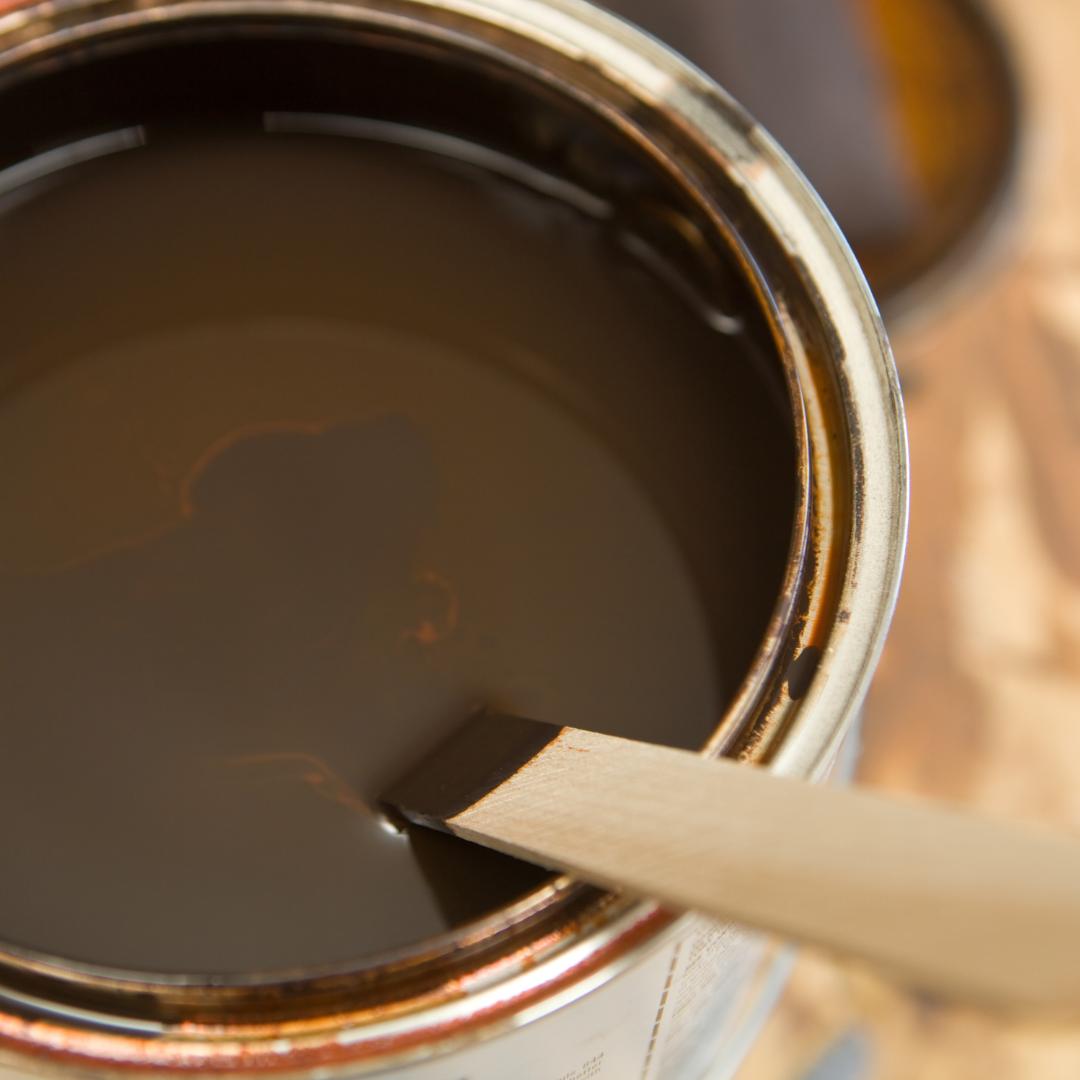
Find the right wood stain for your windows
Want to start right away, but don't know what products you need? In our step-by-step plan, we have linked to all wood stains and supplies. So you can find everything you need to stain your windows beautifully in each step. Below you'll also find a list of all the products.
Want to explore all the options yourself? Then you can find extensive info in our paint guide. Including professional recommendations for those who want top-class paintwork.
If you already know what you're looking for, you can browse through our paint for doors and windows category.


